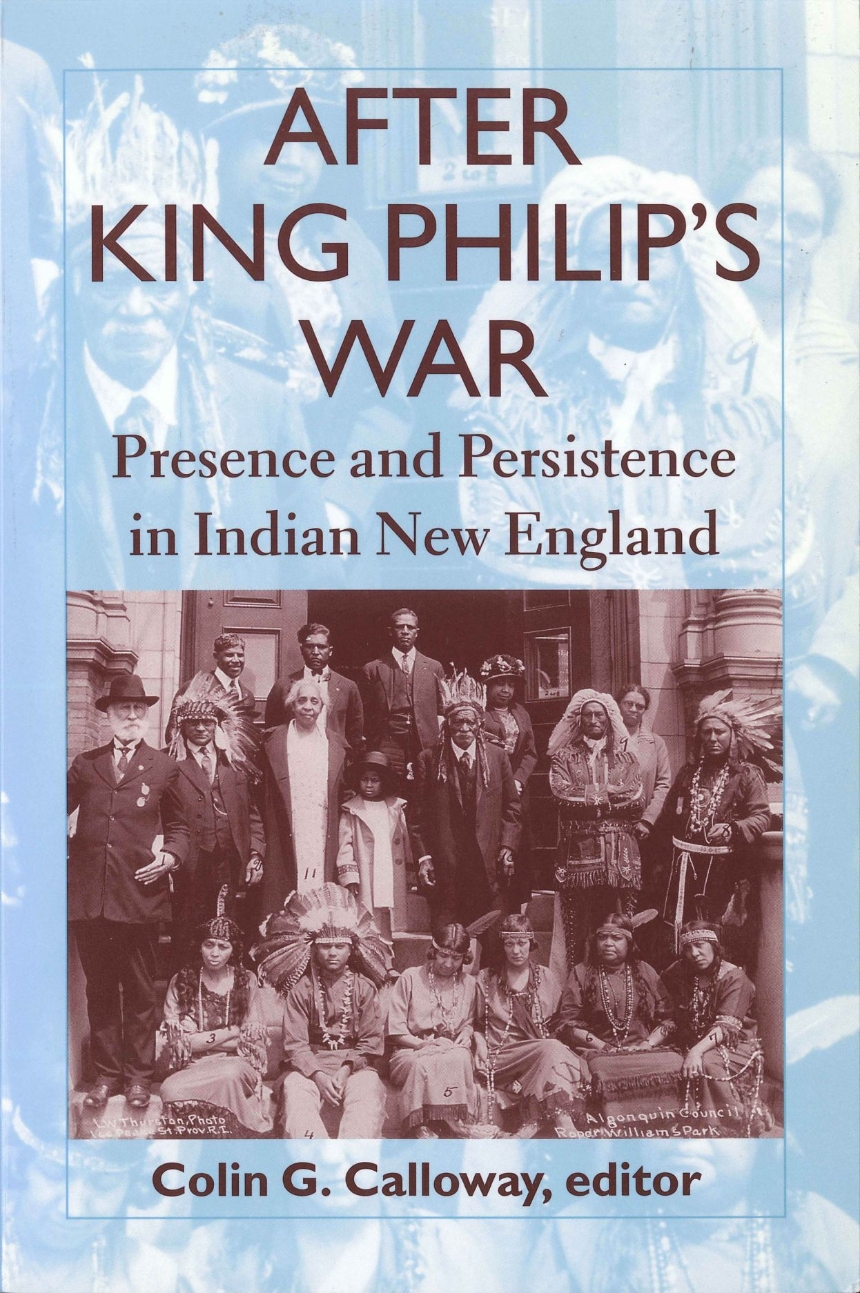University Press of New England
After King Philip’s War
Presence and Persistence in Indian New England
9781611680614
Distributed for University Press of New England
After King Philip’s War
Presence and Persistence in Indian New England
The 1676 killing of Metacomet, the tribal leader dubbed "King Philip" by colonists, is commonly seen as a watershed event, marking the end of a bloody war, dissolution of Indian society in New England, and even the disappearance of Native peoples from the region. This collection challenges that assumption, showing that Indians adapted and survived, existing quietly on the fringes of Yankee society, less visible than before but nonetheless retaining a distinct identity and heritage. While confinement on tiny reservations, subjection to increasing state regulation, enforced abandonment of traditional dress and means of support, and racist policies did cause dramatic changes, Natives nonetheless managed to maintain their Indianness through customs, kinship, and community.
Table of Contents
Introduction: Surviving the Dark Ages • Revisiting The Redeemed Captive: New Perspectives on the 1704 Attack on Deerfield • The "Disappearance" of the Abenaki in Western Maine: Political Organization and Ethnocentric Assumptions • The First Whalemen of Nantucket • The Right to a Name: The Narragansett People and Rhode Island Officials in the Revolutionary Era • "Divorced" from the Land: Resistance and Survival of Indian Women in Eighteenth-Century New England • "Once More Let Us Consider": William Apess in the Writing of New England Native American History • The Massachusetts Indian Enfranchisement Act: Ethnic Contest in Historical Context, 1849-1869 • Unseen Neighbors: Native Americans of Central Massachusetts, A People Who Had "Vanished" • Tribal Network and Migrant Labor: Mi’kmaq Indians as Seasonal Workers in Aroostook’s Potato Fields, 1870-1980
